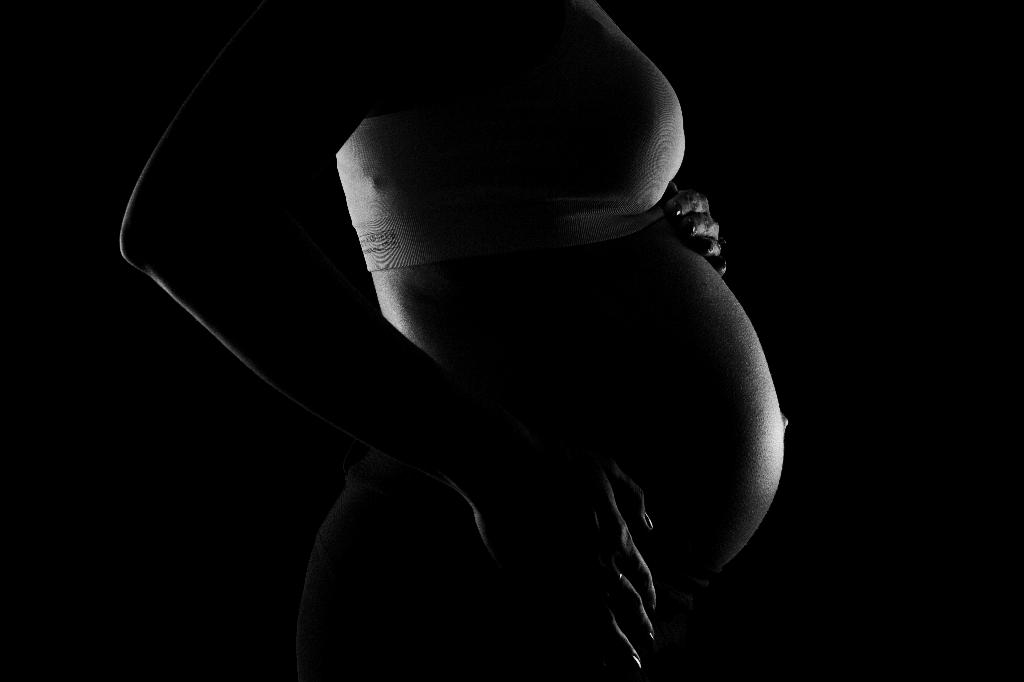When it comes to considering a Vaginal Birth After Cesarean (VBAC), it is essential to be aware of the potential risks and disadvantages that may be associated with this birthing option. One of the primary concerns surrounding a VBAC is the risk of uterine rupture. Although this complication is rare, it can have serious consequences for both the mother and the baby.
Infection is another possible disadvantage of a VBAC. Any surgical procedure carries a risk of infection, and a VBAC is no exception. It is crucial for healthcare providers to monitor for signs of infection both during and after the birth to ensure the health and safety of the mother and baby.
One of the risks that can occur during a VBAC is excessive blood loss. While this is not a common outcome, it is a potential disadvantage that should be considered and monitored closely by medical professionals throughout the birthing process.
Complications during a VBAC can also arise, ranging from minor issues to more severe problems. These complications may include issues with the placenta, abnormal fetal positioning, or difficulties with the progression of labor. It is essential for healthcare providers to be prepared to address any potential complications that may arise during a VBAC.
Another disadvantage of a VBAC is the possibility of a prolonged labor. Some women may experience a longer labor process when attempting a VBAC, which can lead to increased discomfort and fatigue. It is important for healthcare providers to monitor the progress of labor carefully and provide support to the mother throughout the process.
Emotional factors should also be taken into account when considering a VBAC. Some women may experience anxiety, fear, or other emotional challenges related to attempting a VBAC after a previous cesarean. It is important for healthcare providers to offer emotional support and guidance to women considering a VBAC.
Maternal exhaustion is a potential disadvantage of a VBAC, especially if the labor is prolonged or difficult. Exhaustion can impact the mother’s ability to cope with the demands of labor and may necessitate interventions to ensure the safety of both the mother and the baby.
Another risk to consider is the possibility of a failed VBAC, resulting in the need for an emergency cesarean section. In some cases, labor may not progress as expected during a VBAC, leading to the need for a cesarean delivery to ensure the health and safety of the mother and baby.
Healthcare providers must be prepared to make quick decisions in the event of a failed VBAC to minimize risks and ensure the best possible outcome for the mother and baby. Women considering a VBAC should be aware of this potential outcome and discuss it thoroughly with their healthcare team.
It is important to note that each woman’s individual circumstances and medical history will influence the risks and disadvantages associated with a VBAC. Healthcare providers should conduct a thorough assessment of the woman’s medical history and current health status to determine the most appropriate birthing option for her.
Despite the potential disadvantages of a VBAC, many women successfully deliver their babies vaginally after a previous cesarean. With careful monitoring, support, and medical intervention when necessary, a VBAC can be a safe and fulfilling birthing option for some women.
Ultimately, the decision to attempt a VBAC should be made in collaboration with the healthcare team, taking into account the individual needs and preferences of the woman. By weighing the potential risks and benefits of a VBAC, women can make an informed decision that aligns with their goals for childbirth and the health of themselves and their baby.

